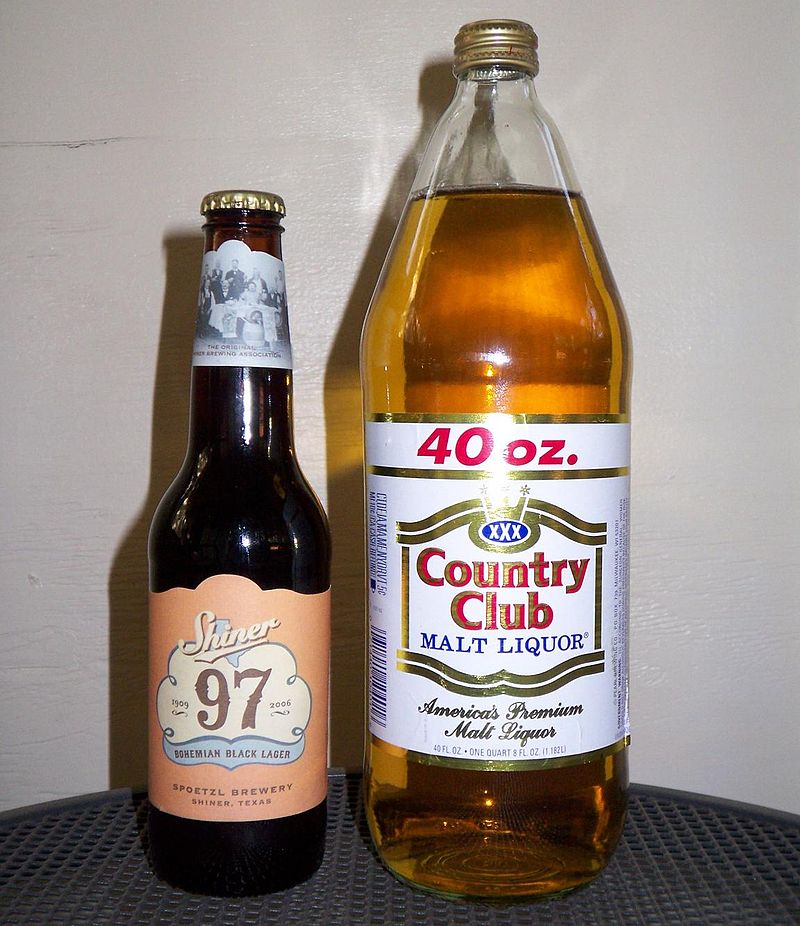Understanding the Craft of Purification: a Deep Study Distillery Traditions
Checking out the detailed art of distillation unveils a world soaked in time-honored practices that have actually shaped the spirits we enjoy today. From the old beginnings of distillation techniques to the modern evolution of distillery tools, each action in the procedure lugs with it an abundant tapestry of background and experience. As we dive right into the fragile equilibrium of contemporary versus conventional distilling techniques and discover the relevance of key components, a much deeper understanding arises of the profound impact distillery traditions carry the spirits we appreciate.
Beginnings of Purification Strategies
The development of distillation strategies has a rich history that traces back to old worlds. The idea of dividing components based on their different boiling points laid the structure for the sophisticated purification processes we have today.
The earliest proof of distillation go back to around 3000 BC in Mesopotamia, where clay pots were made use of to distill perfumes and fragrant oils. The Egyptians additionally advanced these methods, using purification for embalming methods and medicinal objectives. The Greeks, especially numbers like Aristotle and Hippocrates, added to the theoretical understanding of distillation.
Gradually, distillation spread to regions like India, China, and the Middle East, each society including its special touch to the craft. The advancement of purification methods continued through the Middle Ages and the Renaissance, ultimately causing the varied array of distillation procedures employed in modern-day distilleries worldwide.
Advancement of Distillery Equipment

With improvements in innovation and a much deeper understanding of the purification process, contemporary distilleries currently utilize a variety of sophisticated equipment to produce spirits of the best quality. Today, purification equipment includes column stills, reflux stills, and crossbreed stills, each created to accommodate specific purification needs. These modern stills offer better temperature regulation, enhanced distillation accuracy, and higher performance in separating alcohol from contaminations.
Along with stills, distilleries currently utilize sophisticated condensers, fermenters, and purification systems to additional refine the distillate. The advancement of distillery tools remains to play an important role fit the diverse array of spirits offered in the marketplace today.
Standard Vs. Modern Distilling Practices
In checking out distilling techniques, the contrast between standard and contemporary methods reveals substantial innovations in effectiveness and quality. Typical distilling practices often involve time-honored strategies gave via generations, emphasizing craftsmanship and workmanship (Galveston Whiskey). These approaches usually count on copper pot stills and hands-on processes that call for a high level of skill and experience from the distillers. On the other hand, modern-day distilling techniques utilize cutting-edge modern technology and advancement to simplify manufacturing processes and improve consistency. Automated systems, electronic controls, and advanced tools allow modern distilleries to generate spirits extra effectively and with greater precision.
While standard distilling methods are valued for their heritage and the special flavors they create, image source modern-day methods offer advantages in terms of scalability, high quality control, and sustainability. By incorporating scientific innovations and modern design, distillers can maximize production, lower waste, and fulfill the needs these days's market much more efficiently. Ultimately, the selection between contemporary and standard distilling techniques read the full info here often relies on the distillery's goals, worths, and target market.
Key Active Ingredients in Purification Refine
Within the craft of distillation, the selection of vital ingredients plays a crucial duty in identifying the flavor profile and high quality of the spirits created. The primary components utilized in the purification procedure are normally water, yeast, and a fermentable resource such as grains, fruits, or sugarcane.
Water is a basic component as it not just dilutes the alcohol material to a palatable level however also influences the total mouthfeel and structure of the spirit. The top quality and mineral material of the water made use of can substantially impact the end product.
Yeast is one more necessary active ingredient that transforms the sugars present in the fermentable resource into alcohol through the process of fermentation. Various strains of yeast can produce differing tastes and fragrances, adding to the unique qualities of the spirit.

Effect of Distillery Traditions on Spirits
The influence of longstanding distillery customs on spirits extends beyond the choice of essential components, forming the very essence and character of the last distilled items (Galveston Liquor). These customs, gave through generations, play an essential duty in specifying the unique preference accounts and qualities that differentiate one spirit from another
Distillery customs encompass a large range of methods, from the specific methods utilized in distillation to the choice old processes employed. The use of traditional copper pot stills in bourbon production is thought to impart particular flavors and attributes that are extremely valued you can check here by aficionados. In a similar way, the aging of spirits in oak barrels, a practice deeply rooted in distilling traditions, contributes to the growth of complicated scents and tastes over time.

Conclusion
From the beginnings of distillation strategies to the modern-day practices, the impact of distillery traditions on spirits is obvious. Distillery practices play a vital role in shaping the spirits sector and maintaining the heritage of purification techniques.
Throughout the history of distillation, the tools used in distilleries has actually undergone considerable development to boost effectiveness and high quality of the distillation procedure.With developments in modern technology and a much deeper understanding of the purification procedure, modern distilleries currently use a range of innovative equipment to generate spirits of the highest high quality. Today, purification tools includes column stills, reflux stills, and hybrid stills, each made to provide to certain purification requirements. From the beginnings of distillation methods to the contemporary techniques, the influence of distillery customs on spirits is undeniable. Distillery traditions play an important function in forming the spirits industry and maintaining the heritage of purification practices.